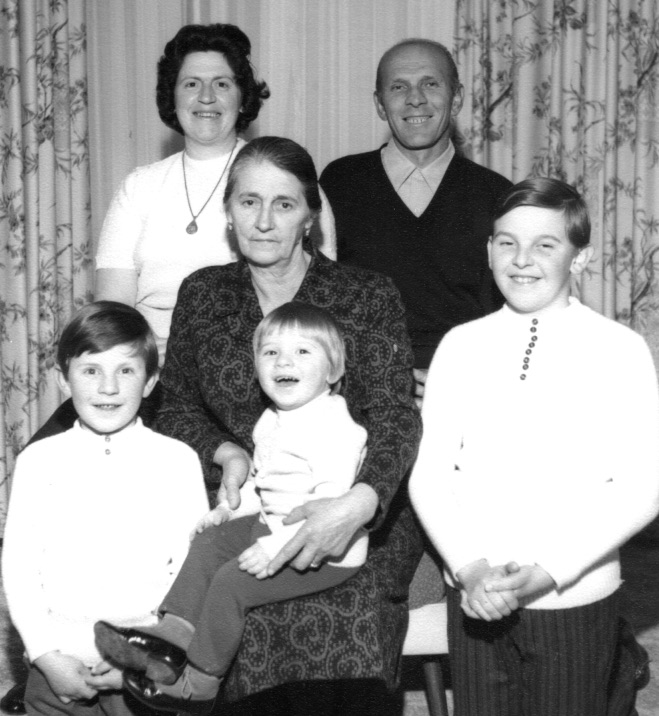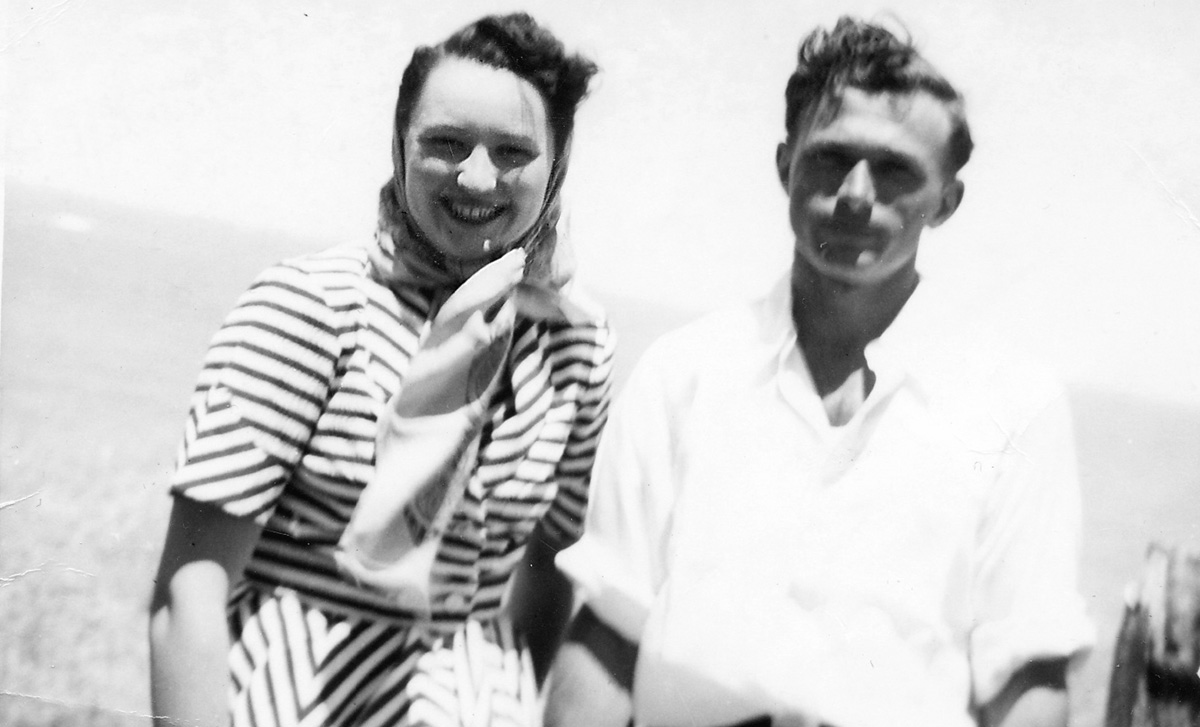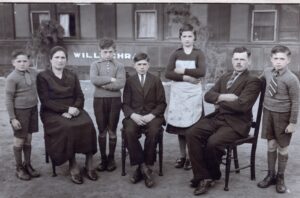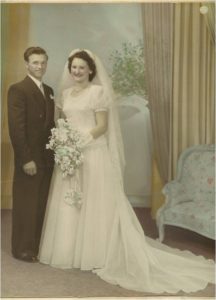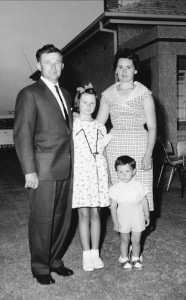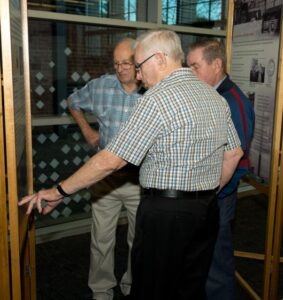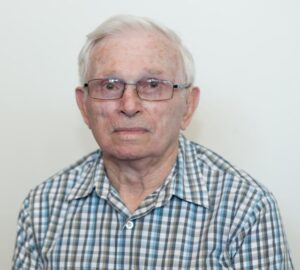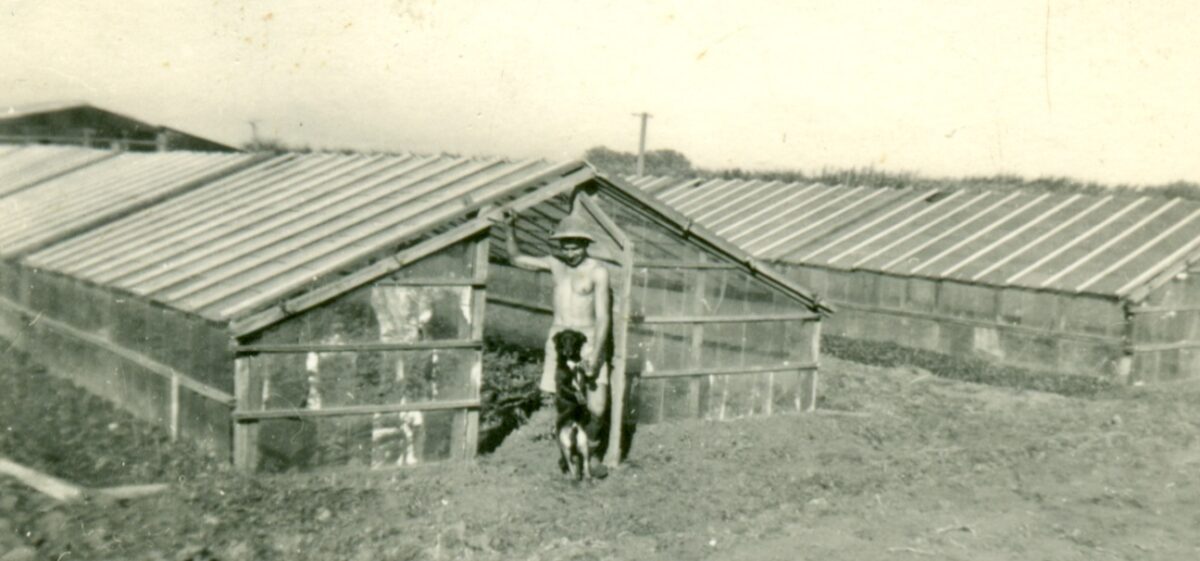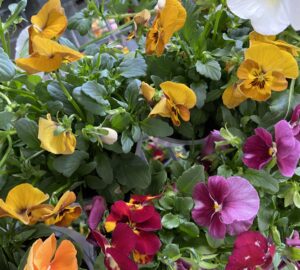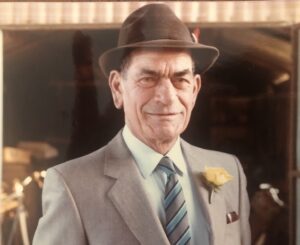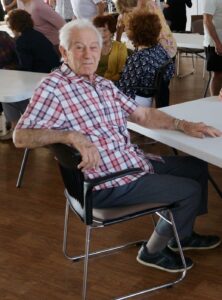Thank you to Raoul Pietrobon for contributing this blog about the links between his mother and a paesana (a woman from the same village) – in Salvarosa, near
Castelfranco Veneto in the province of Treviso.
Maria Ballestrin (nee Dotto) was born in 1914 in the village of Salvarosa (now a Frazione of Castelfranco Veneto), just 49 kilometres from Venice. The culture of the village was friendly, and every family had a nickname, or a sopranome, that was used more often than their surname amongst the villagers. The Dotto family sopranome was Ortolani, linking them to the vegetable gardens they maintained.
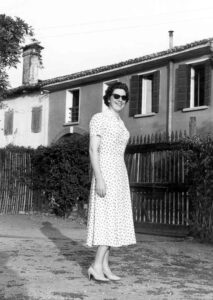
My mother, Rita Amabile Favarotto, comes from the same village of Salvarosa and lived across the narrow Via Scuole from the Dotto family. Their house wrapped around one corner of a wide T-junction which prior to the 1960s, saw very little vehicle traffic. This junction was used as a small piazza, shared by the surrounding families and nostalgically called la bea venesia (translated as the beautiful Venice). Children from the nearby primary school regularly played in the open space and older people would stop and talk or tell stories. Occasionally a herd of animals would pass through on the way to nearby farms as the area was heavy with agriculture of the times – cows for milk, pigs for meat, maize, tobacco and grapes.
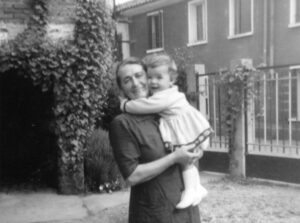
My grandmother Ernesta Gazzola, married into the Favarotto family in 1932, and got to know Maria Dotto (who was of a similar age) shortly before she married and left for Australia. Ernesta became a good friend of Maria’s mother and siblings, as well as the adjoining neighbours of the Dotto family.
Vito Pietrobon, my father, was also from Salvarosa and emigrated to Adelaide, South Australia, in 1953, sponsored by an older cousin who had come earlier. Along with his eight siblings, Vito had heard many stories while growing up, about the wonderful people and land of opportunity in Adelaide. Gildo Pietrobon (his father) had temporarily come to work in Adelaide in 1927, aboard the ‘Re D’Italia.’ Gildo had come to earn his fortune, leaving his pregnant wife and child in Italy for four years. This was a recognised practice of the time in Italy, when farming the land was not providing enough income and he wanted to purchase the land his family was working on in Salvarosa.
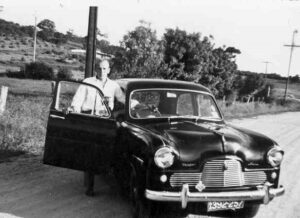
Vito had similar ideas of a better life and was able to save money for a car which was vital for his work as a cement and concrete worker. He established himself in the north-eastern suburbs of Magill and Campbelltown, where many Veneti were located.
In 1959 when my mother, Rita Amabile Favarotto (Mabie), emigrated and joined my father in Adelaide, Ernesta wrote a long letter to Maria, asking her to look out for Mabie should she need help. When she did arrive in Adelaide, Mabie wanted to see familiar faces and people to help orient herself in the different landscape. Having a car in Italy at that time was still a rarity for some migrants but she was glad Vito’s work, hard though it was, afforded them this ease of transport. Although she had never met Maria before then, she felt immediately comfortable in her presence. Having grown up with Maria’s family in close proximity, she recognised her mannerisms, expressions and way of speaking.
In the coming years, Mabie looked upon Maria as a ‘mother figure’ and would often ask for advice on why recipes weren’t working, where to find certain food items and about life in Australia. She even preferred and used Maria’s recipes for crostoli and frittole (fried sweet biscuits and dumplings) over those of her mother, much to Ernesta’s chagrin.
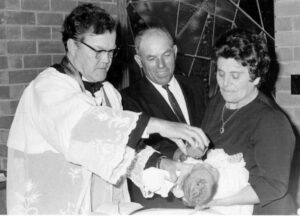
Vito’s business grew, and so did the family with three boys soon keeping Mabie busy – Raoul (1960), Michael (1965) and Angelo (1969).
In 1971, Ernesta came to Adelaide to visit her family and was happy to be re-united with Maria as well. In the many trips to visit one another, they updated on what was occurring in Salvarosa with details that written letters couldn’t capture. It was during one of these trips that Maria and Narciso Ballestrin recounted how they met.
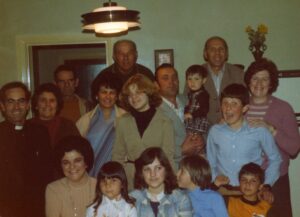
When Narciso was a single man, he had met a farmer who had an unmarried daughter and the family lived in Salvarosa. He visited a couple of times to get to know them and become acquainted with the woman. The houses in the area were built sharing common walls and driveways, and little fencing. The familiarity of everyone meant the neighbours were often visiting each other in the evenings to share stories. This is how Narcisio came to know the neighbour’s daughter, Maria Dotto. He quickly realised he preferred her company and turned his attentions to her. Once he became serious with Maria, he stopped visiting the original family – and the courtship with the daughter next door ended.
At this point of the story, Ernesta laughed and cried out aloud ‘No wonder!’ All this time (38 years, by then) she had wondered why the two neighbouring families bore ill feelings and had stopped being as friendly with one another. Now she understood that Narciso’s decision to court someone else had caused a rift which soured the relationship between those two families. Ernesta thought it very funny that she only could find the answer to the mystery, not in the close-knit community of bea venesia, but in the Veneto area between Frogmore and Findon Roads, 15,000 kilometres away! Maria and Narciso were market gardeners in that area and part of the community of Veneti who lived and worked there.

My family kept in close association with the Ballestrin family. Narciso and Maria were godparents (or santoli) to my brother Angelo and I was fortunate enough to have them attend my wedding in 1987. Vito and Mabie continued to see them, sharing time in paesani weddings, holy feast days (or sagre) and social events at the Veneto Club.
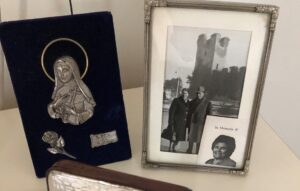
Mabie has now moved to a Bene nursing home where she enjoys the company of other people who can’t remain independent. We occasionally change the photos on her walls to spark conversations and give her a different perspective. One photo frame she won’t change sits on her bedside table, showing an image of her parents in Castelfranco Veneto and a cut-out of Maria (Dotto) Ballestrin.
Raoul Pietrobon
25 September 2022.
Photos supplied by Raoul.
